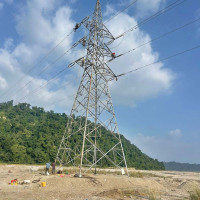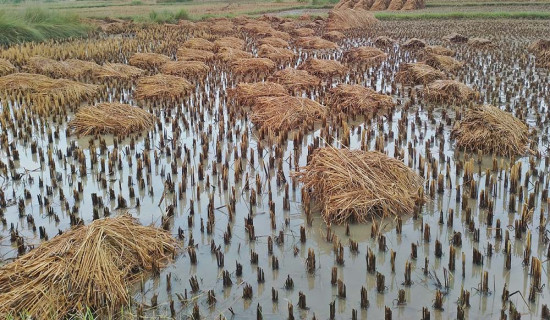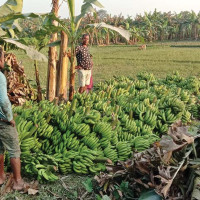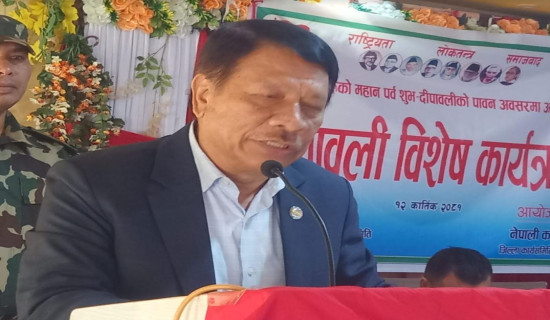- Wednesday, 6 November 2024
NRB doubles gold import quota to 20 kg per day
By A Staff Reporter,Kathmandu, Sept. 29: Nepal Rastra Bank (NRB) has increased the quota of gold import. The central bank has increased the daily gold import quota from 10 kg a day to 20 kg effective from Wednesday.
Amending the integrated circular-2079 related to gold import on Wednesday, the NRB allowed the commercial banks to import 20 kg of gold a day and supply it to the market.
According to the request of businessmen, the Ministry of Industry, Commerce and Supply had written to the Central Bank with the decision to increase the gold import quota. Accordingly, the central bank has increased the gold import ceiling.
As the big festivals, such as Dashain and Tihar, are approaching when gold demand is high, the local businessmen had requested to increase the quota.
Gold and silver businessman Tej Ratna Shakya said that the increment of the gold import quota by the NRB has ensured that there would be no shortage of gold even in the high-demand season, including weddings.
According to him, in lack of gold supply, the situation of black marketing during the high-demand season would also be resolved after the recent decision of the central bank.
"We expect that the commercial banks will regularly import and distribute gold according to the import limit and ease the supply situation in the market," he said.
As per the circular, from the point of view of price, if it is profitable and economic, there is a provision that lump sum gold can be imported as per the requirement without exceeding the specified daily limit.
But in case of such a one-off import, it is not possible to import in advance for the next day and to import in the following months in which there is no daily import.
In an order to check the outflow of foreign currencies through reduction in expenses on luxury items, the NRB had reduced the gold import quota to 10 kg from 20 kg in March 2022.
The import of gold had decreased by 36 per cent in the last year. Compared to the previous fiscal year 2021/22, the import of gold was decreased by 2,017 kg in the last fiscal year 2022/23.
In 2022/23, about 3,507 kg of gold was imported, while in 2021/22, 5,524 kg of gold was imported.
Shakya, however, said that in normal conditions, the demand for gold was up to 40 kg daily during Dashain-Tihar last year, but this year the demand has not increased.
"The limit of 10 kg was very low, but the current demand for gold in the market is not the same," Shakya said.
Due to sluggish economic activities, the income of people has decreased which has limited the purchasing power of people and affected the gold business badly, he said.
"Normally, a large number of people buy gold from their savings after meeting all their other needs, including food and clothing. But the low income has made it difficult for consumers to even meet their daily requirements. In this situation, they are not interested in buying gold," he said.
Gold price drops sharply
The price of gold has decreased noticeably in the local market on Thursday.
The price of gold decreased by Rs. 1,400 per tola in the domestic market Thursday as compared to Wednesday's price.
According to the Federation of Nepal Gold and Silver Dealers’ Association (FENEGOSIDA), the price of gold decreased to Rs. 109,600 per tola (11.664 grams) today compared to Rs. 111,000 on Wednesday.
The price of gold was Rs. 112,200 per tola on Sunday.
Likewise, the price of silver has also decreased by Rs. 15 per tola to Rs. 1,370.
The price of gold decreased sharply on Thursday in the local market due to a decrease in its price in the international market, said Shakya.
"Selling pressure of gold has led to decrease in its price in the international market as the international investors are encouraged to sell gold by ensuring profit," he said.
Fluctuations in the international market price have their impact in the domestic bullion market as well, he said.
Gold price in the international market has decreased by US$ 24 per ounce to US$ 1,874 today, he said. Price of gold was USD 1,898 per ounce in the international market on Thursday.

















